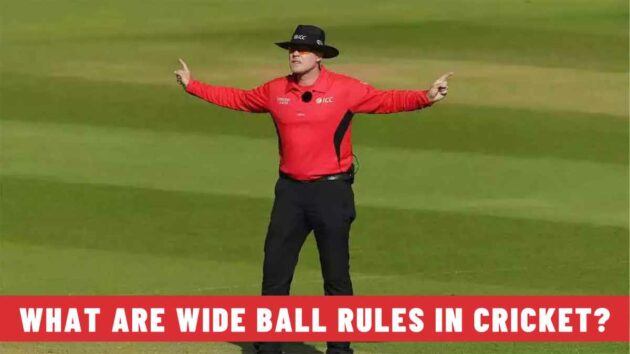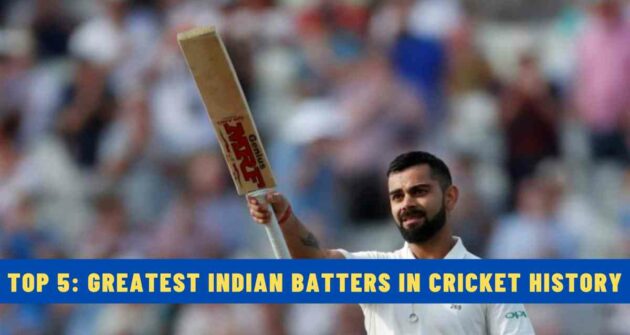In cricket, every single run counts, which can change the outcome of a game. After the introduction of T20 cricket, it has become a challenge for bowlers and the fielding teams to save every run, as a single run or a single delivery can decide the outcome of a win or a loss.
Even it is a challenge for a batter to make sure they score on every delivery, especially in the shorter format, as it becomes difficult to score quickly for a new batter.
Bowlers have to maintain accuracy with their line and lengths, especially in the T20 format, when they tend to give away extra runs by bowling wide balls under pressure situations.
A wide ball is an illegal ball when the batting team is awarded an extra run in white-ball cricket and the bowler has to re-bowl that delivery.
So what are the wide ball rules? Here, we explain it in detail.
Rules for a Wide Ball
Law 22 of the Marylebone Cricket Club (MCC) governs wide ball rules. According to Law 22.1.1, if the ball delivered by the bowler isn’t a no ball and if the ball goes wide past the batter if he/she hasn’t moved from the batting position, then the umpire can call it a wide ball.
The ball will be called wide under Law 22.1.2 if it goes past the batter, isn’t within the batter’s reach, or is in an area where the batter can’t hit it.
MCC changed the wide ball rule in October 2022 to aid the bowlers in keeping a check on the batter’s movement in the crease. The new set of rules and laws state, “The batters in modern-day cricket move around the crease while or before playing a stroke, before or after the ball is bowled. It was seen as unfair that the ball would be called wide if the batter was in his/her position when the bowler entered the delivery stride.
Law 22.1 is changed to call a wide where the batter is currently standing or took guard before or after the bowler began his/her run-up, which would have gone past the batter even when he/she would have stood in the normal position.
The new wide ball rules have been implemented for an even contest between the bowlers and batters, which is in the interest of the game and viewers. After the introduction of T20 cricket and with numerous T20 leagues being played worldwide batters are dominating the sport and to make the game more exciting there needs to be an even competition like before between the bat & ball.
In Conclusion,
To make the game interesting where there is an equal contest between the bat and ball, these rules are a big boost for the game.
Read Next | Concussion Substitute Rule in Cricket – Explained











